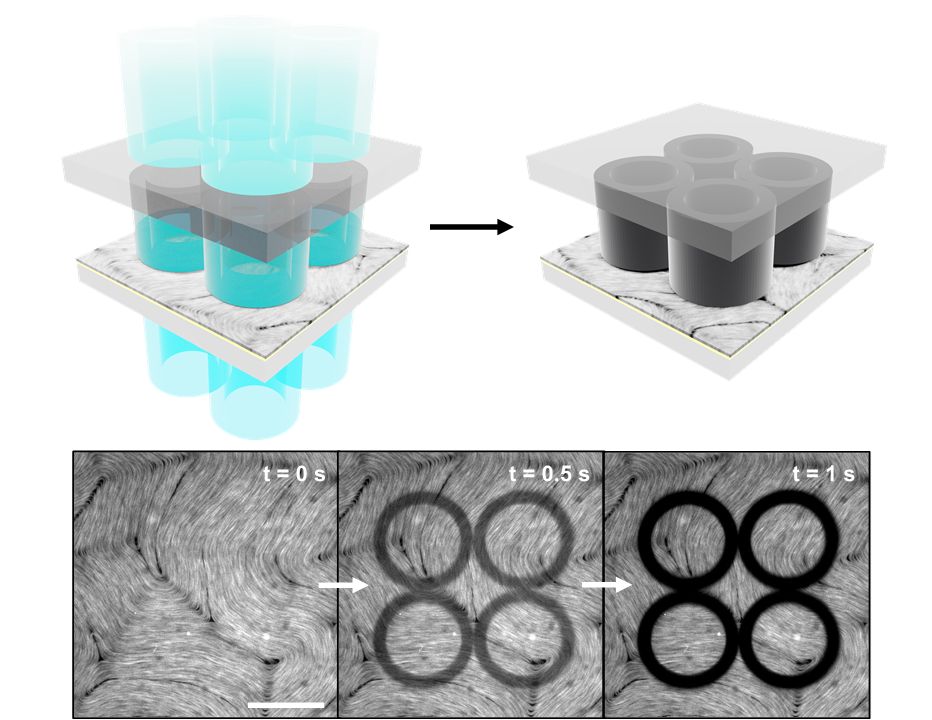Active matter encloses systems whose particles continuously convert energy into forces or mechanical motion. Many examples of active systems can be found at the biological level at multiple length scales. Besides the natural examples, such as bird flocks or bacterial colonies, similar phenomena can be obtained in vitro by bottom-up approaches based on the densification of active colloidal particles including, for instance, reconstitutions of cytoskeletal filaments and motor proteins. These synthetic active materials are valuable tools to explore and understand the mechanisms behind the intricate organization and dynamics governing active systems. However, the characterization of these materials’ physical properties and force-generating capabilities relied deeply on theoretical models, often based on parameters that are challenging to measure experimentally. In this work, led by the Self-organized complexity and self-assembling materials (SOC&SAM) group, researchers have developed a microfabrication method for the in situ polymerization of hydrogel structures within an active gel. The design of active materials with externally tunable characteristics represents a significant step forward in the design of future micro-machines built on the principles of active matter. Such developments will have a great interest for applications in fields ranging from soft robotics to biomedicine.
Probing active nematics with in situ microfabricated elastic inclusions. Ignasi Vélez-Cerón, Pau Guillamat , Francesc Sagués and Jordi Ignés-Mullol. Proceedings of the National Academy of Sciences (PNAS). March 7, 2024, 121 (11) e2312494121
Image: Sequence of in-situ microfabrication of four ring-shaped columnar hydrogel structures in an active nematic gel

